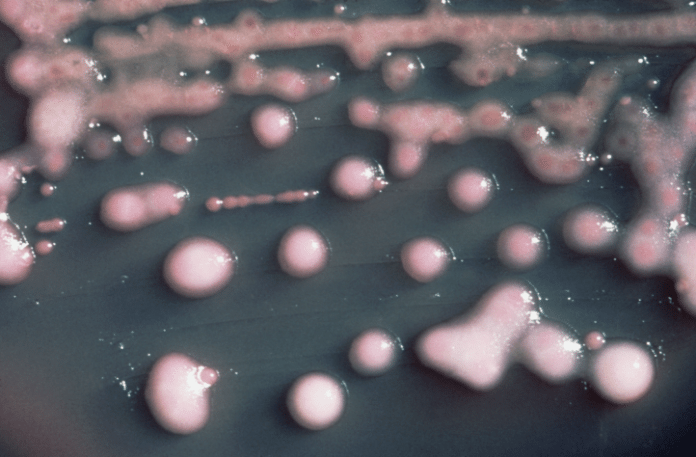
‘Sleeper cells’, which can survive doses of antibiotics and lie resting in a dormant state, may hold a key to understanding antibiotic resistance, research has found.
Dr Stafano Pagliara, a biophysicist at the University of Exeter, UK, has developed a way of identifying cells likely to survive antibiotics, even before the drug treatment.
The research, published in the journal BMC Biology, lays the foundation for understanding the special properties of bacteria that can survive after being treated with antibiotics so that new ways of targeting them can be developed.
Pagliara, a senior lecturer in the Living Systems Institute at the University of Exeter, said: “Antibiotic resistance is one of the serious health challenges of our age. The cells we identified elude antibiotic treatment and pose a serious threat to human health. In fact, unlike persister cells which quickly resume growth after the antibiotic course ends, ‘sleeper cells’ remain non-growing for prolonged periods of time, and elude detection using traditional methods.”
Antibiotic resistance is one of the most pressing public health challenges and threatens the ability to effectively fight infectious diseases, including pneumonia and tuberculosis.
Pagliara has dubbed them ‘sleeper cells’ because they look dormant and resemble the cells that have been killed by the antibiotics, but are potentially dangerous with the ability to ‘wake up’ and re-infect humans or animals.
The Exeter University research team found that the two types of cells surviving antibiotics, ‘sleeper cells’ and persister cells, have similar features, suggesting the two populations of cells are linked. Their unique fluorescence meant they could both be spotted even before being dosed with antibiotics.
Pagliara is planning a programme to identify and isolate individual ‘sleeper cells’ for a thorough analysis with next-generation sequencing to see how they express genes differently than those that are not resistant to antibiotics.










